Art Barr Death – Unknown Causes
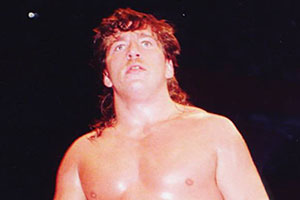
In 1994, Art Barr abruptly died at age 28. An aneurysm was originally reported, but his death was ultimately ruled as “unknown circumstances”.
1966-1994 (Age 28)
Considered one of wrestling’s most charismatic stars, Art Barr’s past would haunt him when he aspired for national stardom, but a run in Mexico revitalized his career, promising a bright future. However, just when he seemed ready for a comeback in the United States, Barr died under unknown circumstances, leaving the world at the young age of 28.
A Second-Generation Star
Art Barr was born on October 8, 1966 in Portland, Oregon. The son of wrestler and promoter Sandy Barr, he excelled at amateur wrestling in high school and began training with his father, brother Jesse (aka Jimmy Jack Funk), and wrestler Matt Osborne (aka Doink the Clown), while working in a steel mill.
Art debuted in Pacific Northwest Wrestling in 1987, but it would be a transformation with help from Roddy Piper that turned Art into a regional superstar.
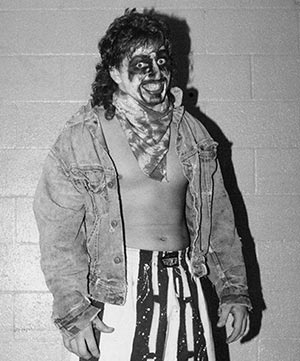
Art Barr works as Beetlejuice, eventually changed to “The Juicer” to avoid trademark issues.
Following the success of the 1988 supernatural comedy, Beetlejuice, Barr transformed himself into a wrestler based on the film’s title character.
Beetlejuice became a popular wrestler, particularly with kids and Barr’s future success seemed guaranteed. But unfortunately this story doesn’t have a happy ending and an out-of-the-ring encounter nearly ended Al Barr’s career (and almost sent him to prison in the process).
Al Barr’s Rape Case
In July 1989, Barr had a sexual encounter with a 19-year-old female fan after a wrestling card. The female fan filed rape charges and Barr eventually pleaded guilty to first-degree sexual abuse, obtaining a light sentence of two years probation; which included a $1,000 fine, restitution for the victim’s medical bills, and 180 hours of community service.
The local media put Al Barr’s rape case under a spotlight, harming the territory’s business and altering the future of Barr’s career.
Hitting the National Scene
In 1990, Barr was forced to find work elsewhere, landing in World Championship Wrestling after his license to wrestle in Oregon was not renewed.
Ironically, Barr’s license was refused not because of his sexual abuse charge, but because he’d failed to mention an earlier drug conviction on his original wrestling license application. Barr’s misfortune seemed to work itself out as he tweaked his Beetlejuice character into “The Juicer” (to avoid copyright infringement).
It wasn’t long though, before an Oregon newspaper columnist faxed articles about Barr’s sexual abuse plea to WCW. The company promptly let him go.
Rebirth South of the Border
In 1991, Barr entered the world of lucha libre, working in Empresa Mexicana de la Lucha Libre (EMLL) as the masked man “The American Love Machine.”
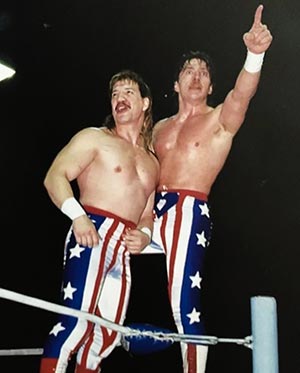
Art Barr and Eddie Guerrero form “La Pareja Del Terror” (“The Pair of Terror”).
In 1992, Barr worked in Asistencia Asesoría y Administración (AAA) as “The Love Machine” Art Barr. Here, he established one of lucha libre’s most hated tag teams, La Pareja del Terror (“The Pair of Terror”) with Eddie Guerrero.
Guerrero turned his back on his Mexican fans, joining Barr in wearing ring attire based on the American flag. This team with Eddie Guerrero became a sensation and Guerrero later adopted Barr’s Frog Splash to honor his friend’s memory.
Before long, Barr’s tag team was joined by other wrestlers, becoming the faction Los Gringos Locos (“The Crazy Americans”). Flush with success in Mexico, Barr was determined to become a top star in the United States. While he was a main event sensation in Mexico, he was homesick and his friends grew concerned as Barr abused alcohol and drugs, presumably to lessen his homesickness.
Barr’s chance to break through came on when AAA held its When Worlds Collide pay-per-view on November 6, 1994. There, Barr and Eddie took on El Hijo del Santo and Octagon in a hair vs. mask match which quickly became regarded as one of the greatest matches of all time.
Art Barr would be found dead less than three weeks after this November 6, 1994 match.
Art Barr’s Mysterious Death
Art Barr died on November 23, 1994 at age 28. Initial reports indicated he died from an aneurysm, and while sleeping pills were found in his system, his cause of death was ultimately ruled as “unknown circumstances.” Art Barr is buried in Springfield Memorial Gardens in Springfield, Oregon.
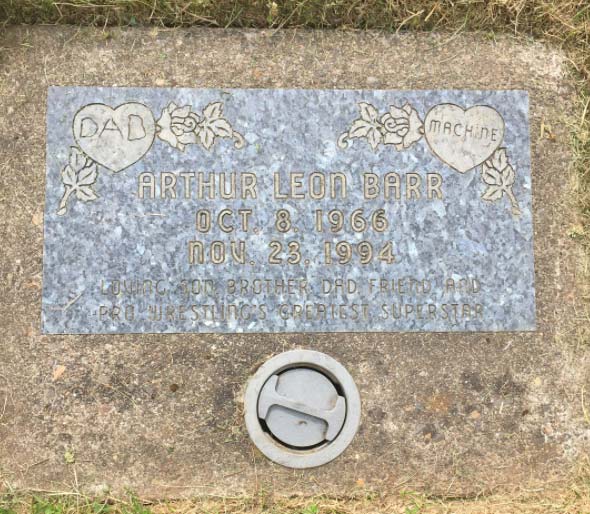
Art Barr’s grave, located at Springfield Memorial Gardens in Springfield, Oregon. photo: @classicportlandwrestling / instagram
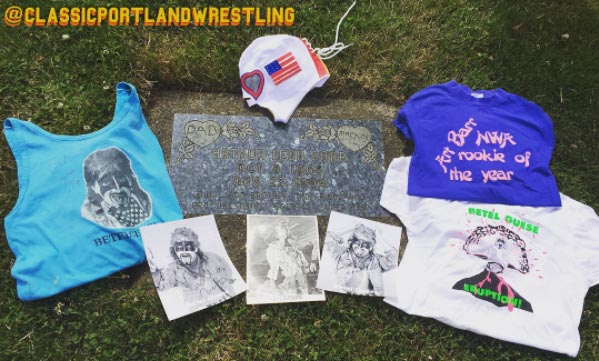
photo: @classicportlandwrestling / instagram
What are your memories of Art Barr? Be sure to share them in our comments section below.

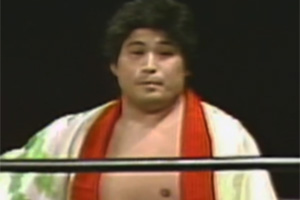
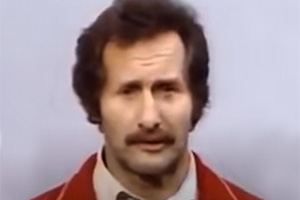
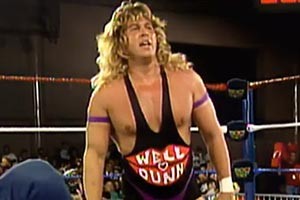
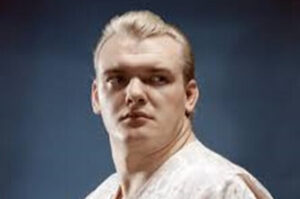
Leave a Reply